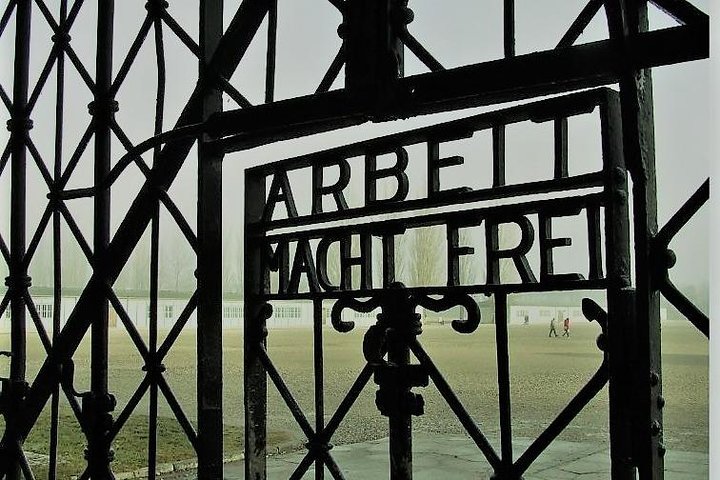Exploring Munich’s Dark Past: A Historian’s Journey Through Dachau and the Third Reich
As a former European history professor, I embarked on a profound journey through Munich and Dachau, exploring the remnants of the Third Reich. This tour offered a deeply moving insight into the past, blending historical education with personal reflection.
A Journey Through History: Dachau and Munich’s Third Reich Legacy
The morning air was crisp as I found myself standing in Marienplatz, the heart of Munich, surrounded by the echoes of history. This bustling square, with its vibrant market stalls and the imposing New Town Hall, was the starting point for a journey that promised to delve deep into one of the darkest chapters of human history. As a former professor of European history, I had spent countless hours lecturing on the rise and fall of the Third Reich, yet nothing could prepare me for the profound impact of experiencing these sites firsthand.
Our guide, Alun, gathered our small group outside the tourist information office, his demeanor both welcoming and respectful of the gravity of the day ahead. We boarded a bus to Dachau, the first Nazi concentration camp, established in 1933. The journey was somber, the grey skies mirroring the weight of the history we were about to confront. Upon arrival, the stark reality of the camp’s existence hit me with an intensity that no book or documentary had ever conveyed. Walking through the gates, I was struck by the chilling efficiency of the camp’s design, a model for the horrors that would follow across Europe.
Alun’s narration was both informative and sensitive, providing context to the atrocities committed within these walls. The museum exhibit was meticulously curated, offering a poignant reminder of the human suffering endured here. As I stood in the barracks, I couldn’t help but reflect on the resilience of those who had suffered and perished, their stories etched into the very fabric of this place.
Munich’s Third Reich Landmarks: A Walk Through History
With the sun breaking through the clouds, we returned to Munich for the afternoon segment of our tour. The city, with its blend of medieval and modern architecture, holds many secrets from the era of the Third Reich. Our first stop was the site of the Beer Hall Putsch, a failed coup attempt by Hitler in 1923. Standing in Odeonsplatz, I could almost hear the echoes of the past, the fervor of the brown shirt marches that once filled these streets.
As we walked through the city, Alun pointed out various landmarks, each with its own story to tell. The Old Town Hall, where the infamous pogrom against the Jewish population was decided, stood as a stark reminder of the regime’s brutality. Nearby, the Staatliches Hofbrauhaus, where Hitler often gave his incendiary speeches, loomed large, its history palpable in the air.
One of the most striking aspects of the tour was the preservation of these sites. Despite the passage of time, many of the original buildings remain, offering a tangible connection to the past. The architecture, particularly that of Albert Speer, was both imposing and unsettling, a testament to the regime’s grandiose yet twisted vision. As I stood before Hitler’s former office building, I was reminded of the delicate balance Germany maintains in preserving these sites as a means of education and reflection.
Reflections on a Somber Journey
The tour concluded at the NS-Dokumentationszentrum Muenchen, a museum dedicated to the history of National Socialism. Here, the narrative of the Third Reich was laid bare, offering visitors a comprehensive understanding of the ideology that led to such devastation. The exhibits were thoughtfully curated, encouraging reflection on the lessons of the past and their relevance to the present.
As I left the museum, I was filled with a sense of gratitude for the opportunity to experience this tour. It was a journey that not only deepened my understanding of history but also reinforced the importance of remembrance and education. The delicate balance that Germany maintains in confronting its past is a testament to its commitment to ensuring that such atrocities are never repeated.
For those with a passion for history, or simply a desire to understand the complexities of the human experience, I cannot recommend this tour enough. It is a poignant reminder of the resilience of the human spirit and the enduring importance of learning from our past. I look forward to returning to Germany, perhaps with my wife, to explore further the rich tapestry of history that this country has to offer. Until then, I carry with me the lessons learned and the stories of those who came before us, their voices echoing through time.










































